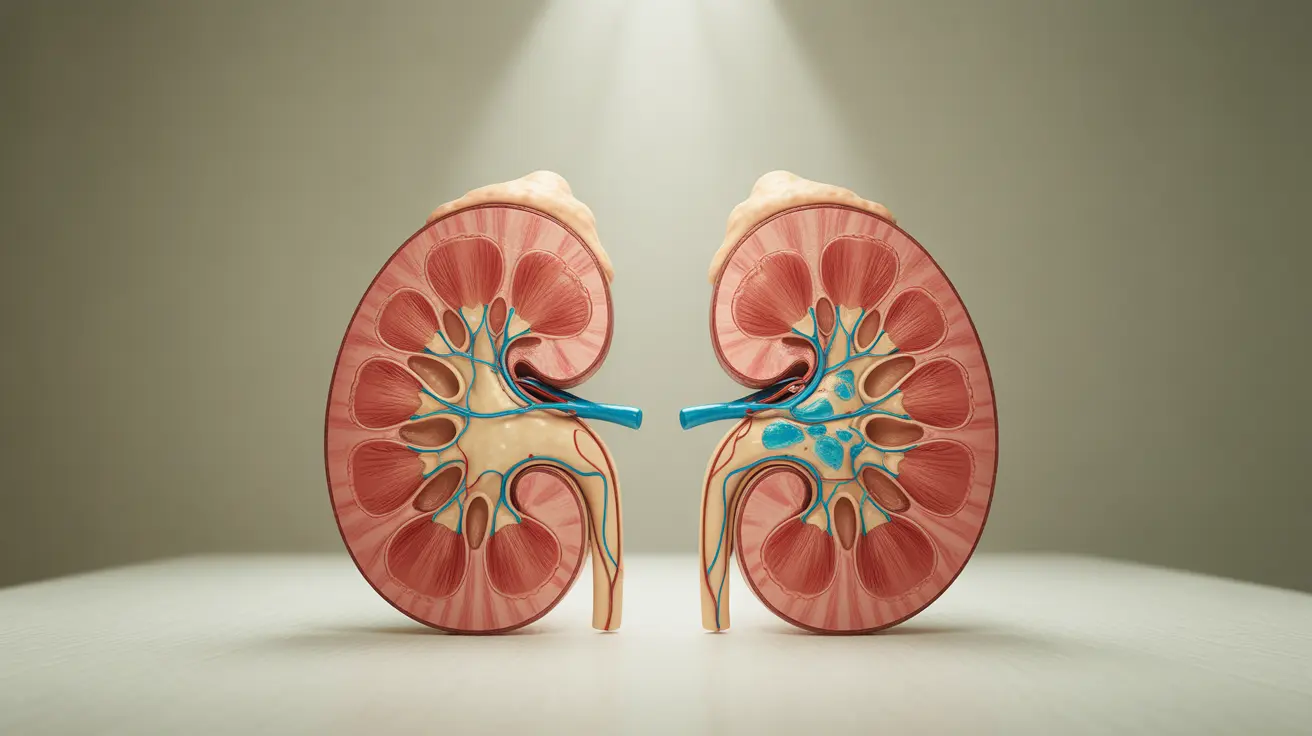A syndesmosis ligament injury, often called a "high ankle sprain," is a complex and potentially serious injury that requires careful attention and proper treatment. This type of injury affects the strong fibrous ligaments that connect the tibia and fibula in your lower leg, playing a crucial role in ankle stability and movement.
Understanding the nature of syndesmosis injuries is essential because they often require different treatment approaches compared to common ankle sprains and can significantly impact both athletic performance and daily activities if not properly addressed.
Understanding the Syndesmosis Ligament
The syndesmosis ligament complex consists of several strong bands of tissue that hold the tibia and fibula together, creating what's known as the ankle mortise joint. This structure allows for stable movement while walking, running, and jumping, while preventing excessive separation between the bones.
The main components include the anterior inferior tibiofibular ligament (AITFL), posterior inferior tibiofibular ligament (PITFL), and the interosseous membrane. Together, these structures maintain the integrity of the ankle joint during movement and weight-bearing activities.
Signs and Symptoms of Injury
Recognizing a syndesmosis injury early is crucial for proper treatment. Common symptoms include:
- Intense pain above the ankle joint
- Difficulty walking or bearing weight
- Swelling and tenderness along the lower leg
- Pain when rotating the foot outward
- Instability in the ankle joint
- Pain when squeezing the tibia and fibula together
Diagnosis and Assessment
Healthcare providers use several methods to diagnose syndesmosis injuries accurately:
- Physical examination and specific tests
- Imaging studies (X-rays, MRI, or CT scans)
- Stress tests to evaluate joint stability
- Assessment of weight-bearing capability
Treatment Approaches
Conservative Treatment
For mild to moderate injuries, non-surgical treatment may include:
- Initial RICE protocol (Rest, Ice, Compression, Elevation)
- Protected weight-bearing with crutches or a walking boot
- Gradual progression of movement exercises
- Physical therapy and rehabilitation
Surgical Intervention
More severe cases may require surgical treatment, particularly when there is significant instability or separation of the tibia and fibula. Surgery typically involves:
- Placement of surgical screws or suture-button devices
- Repair of damaged ligaments
- Stabilization of the ankle joint
- Post-operative rehabilitation protocol
Recovery and Rehabilitation
Recovery from a syndesmosis injury requires patience and dedication to proper rehabilitation. The process typically involves:
- Progressive weight-bearing as tolerated
- Structured physical therapy program
- Gradual return to activities
- Regular monitoring and assessment
- Specific exercises to restore strength and stability
Prevention Strategies
While not all injuries can be prevented, several measures can help reduce risk:
- Proper warm-up before physical activity
- Strengthening exercises for ankle and leg muscles
- Use of appropriate footwear
- Attention to proper technique during sports
- Regular conditioning and balance training
Frequently Asked Questions
What are the symptoms of a syndesmosis ligament injury, and how is it different from a regular ankle sprain?
A syndesmosis injury typically causes pain higher up the ankle than a regular sprain, with intense discomfort above the ankle joint. Unlike regular sprains that mainly affect the outer ankle ligaments, syndesmosis injuries involve the connection between the tibia and fibula, causing pain with rotation and difficulty bearing weight.
How is a syndesmosis ligament injury typically treated, and when might surgery be necessary?
Treatment depends on the severity of the injury. Mild cases are treated conservatively with immobilization, protected weight-bearing, and rehabilitation. Surgery becomes necessary when there is significant instability, separation of the bones, or failure to improve with conservative treatment.
What are the common causes of syndesmosis ligament injuries, and how can they be prevented?
These injuries commonly occur during sports activities involving sudden twisting motions or external rotation of the foot. Prevention includes proper warm-up, strengthening exercises, appropriate footwear, and maintaining good technique during physical activities.
What are the long-term complications if a syndesmosis ligament injury is not properly treated?
Untreated syndesmosis injuries can lead to chronic ankle instability, persistent pain, arthritis, difficulty walking, and decreased athletic performance. Proper initial treatment is crucial to prevent these long-term complications.
How long does it usually take to recover from a syndesmosis ligament injury, and what exercises can help with rehabilitation?
Recovery typically takes 6-12 weeks for minor injuries and 3-6 months for severe cases requiring surgery. Rehabilitation exercises include range of motion activities, progressive strengthening, balance training, and sport-specific exercises as healing progresses.




